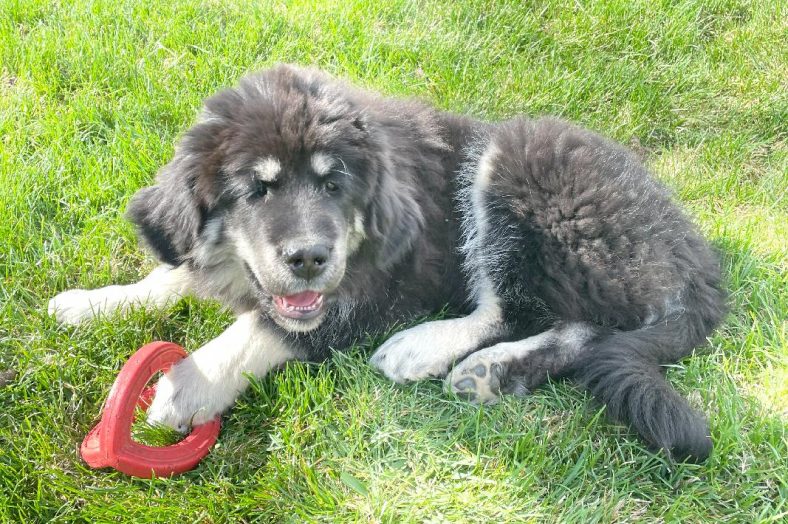As a reminder, I am looking for Amazon reviews for my book, Seven Dogs. I really think you will like the book.
I think it’s important to have a training philosophy. Not just methods and strategies, but an overarching philosophy about how your dog’s behaviors are built and maintained. My philosophy comes from two sources: my educational training in psychology, and decades of professional consultation with school and district administrators as well as elementary, secondary, and post-secondary school faculties. The former contributed an understanding and appreciation of behaviorism as described and explored by B. F. Skinner et al. The latter forced me to make the research of the former approachable for non-nerd schoolteachers and administrators who could benefit from behavior science and use it to teach more effectively and safely manage their schools and classrooms.
My personal philosophy is best described by a label many educators will recognize: Positive Behavior Support. Unfortunately, this label has been terribly misunderstood, or more accurately, misapplied. Educators too often thought it was Positive [Behavior-Support], when in fact, it was [Positive-Behavior] Support. Details matter. Interpreting the label as Positive [Behavior-Support] had teachers and administrators skipping around schools with fake smiles praising absolutely everything the students did. They thought they were supposed to be positive. Ugh. This interpretation was preferred because the one-size-fits-all intervention was easy to administer; say, “cheese.” The real interpretation, [Positive-Behavior] Support, required educators to consistently and persistently discriminate between student behaviors that were appropriate, neutral, inappropriate, and dangerous. The reaction to each was supposed to be different. Like many skills of value, the learning curve was steep, but once learned, it was a natural and highly effective way to manage the school environment.
Positive Behavior Support is derived from a philosophy of prioritizing the building of appropriate behaviors over punishing away inappropriate behaviors, and the methods are supported by decades of behavioral research. Support the positive (appropriate or desirable) behaviors through praise and recognition, and correct or ignore the negative behaviors. Believe it or not, ignoring nuisance behaviors works. They die from something called extinction. Not all misbehavior needs correction, and only the most dangerous behaviors need punishment. Oh, and everything we learned about human behavior applies to dogs . . . and spouses.
One of my favorite books on the subject is called, The Power of Positive Parenting by Glenn Latham. I knew Glenn and he was an amazing person. This book should be in everyone’s library, and it should be read more than once. The main theme of the book is summarized by a quote from S. W. Bijou which is repeated at the end of every chapter: “Research has shown that the most effective way to reduce problem behavior in children is to strengthen desirable behavior through positive reinforcement rather than trying to weaken undesirable behavior using aversive or negative processes.” I couldn’t say it better.
When Courage first arrived, I still hadn’t decided where we were going to sleep. I wanted her close by so I could make sure she wasn’t soiling the carpet or chewing something inappropriate. I also wanted a spot where I could provide food and water as well as access to the back door. Having over twenty years of experience with these brilliant but stubborn beasts gave me an idea. I realized that any barrier I erected would make her demand to be on the other side of it even if that made no sense. So, I picked the couch in the Great room as my bed. That room is connected to the kitchen where I could put her bowls near a back door. And, as expected, even with access to the entire Great room and kitchen, she chose to sleep against the couch right below my hand. Nary a whimper. Every time she got up and went to the kitchen to get a snack or sip, I would gear up like a firefighter and take her outside in the wind and freezing temperatures so she could pee. I would praise her as she peed and then bring her back inside. Also, if she put her teeth on something she wasn’t supposed to, I grunted disapproval and handed her a toy; a doggy version of corrective teaching which uses appropriate alternatives serving the same behavioral function. As a consequence, Courage only pees outside and only chews on toys; all without the use of yelling or punishment. Positive Behavior Support.
At this moment, my carpet is clean, and no furniture has been destroyed or even dented. I expect Courage will complete her training in the next month or so and I can then sleep in my bed again. My back can’t wait.

Leave a Reply